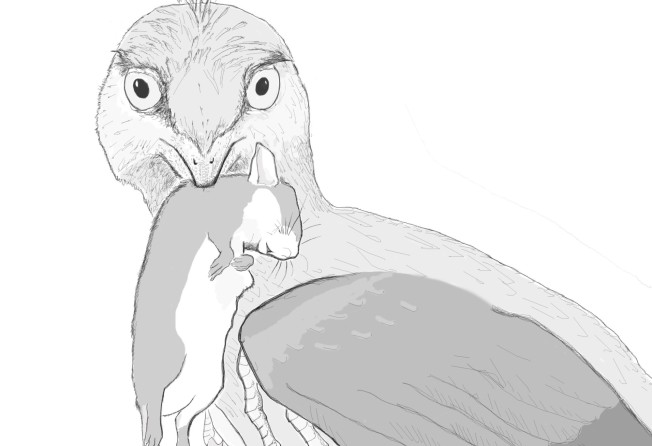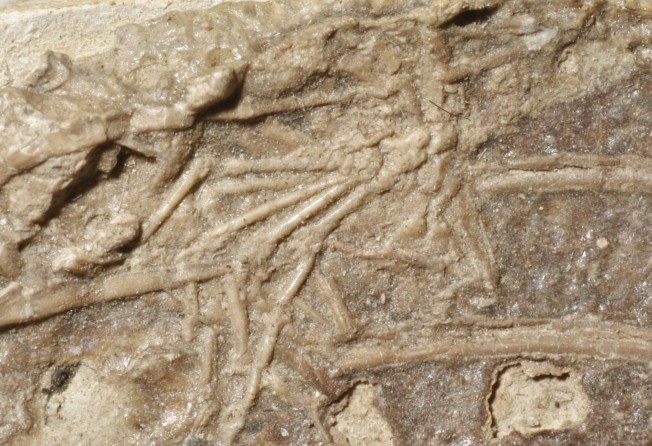
Dinosaur fossil found with its last meal still inside of it - a mammal foot
- Paleontologist Hans Larsson found a small mammal foot in the rib of a dinosaur fossil
- It’s one of only 21 dinosaur fossils ever found with its food inside of it

The key to a small, four-winged dinosaur species’ survival was not being fussy about what it ate, the examination of a rare fossil revealed.
Palaeontologist Hans Larsson, a professor at McGill University in Montreal, Canada, was the first to notice a small mammal foot lodged in between the bones of a fossilised microraptor, a carnivorous dinosaur with wings.
The discovery shows the dinosaur ate a long list of animals including mammals, fish, birds, and lizards, the university announced in a press release on December 21.
“These finds are the only solid evidence we have about the food consumption of these long-extinct animals – and they are exceptionally rare,” Larsson said in the release. The revelation that the animal was an “opportunistic” eater “puts a new perspective on how ancient ecosystems may have worked,” he added.

Only 20 other fossils have been found with the fossilised bones of their meals inside, according to McGill, and this is the first time a fossil has shown that any dinosaur ate mammals, The Economic Times reported.
Microraptor fossils were first discovered in the early 2000s in Liaoning, China, located in the northeast part of the country along the Yellow Sea. Scientists have speculated that the species likely died out because it had four wings, and the two additional wings created drag when it moved.
Its ability to make a snack out of all kinds of animals may not have been enough for make up for two too many wings.
Read the original article on Business Insider.